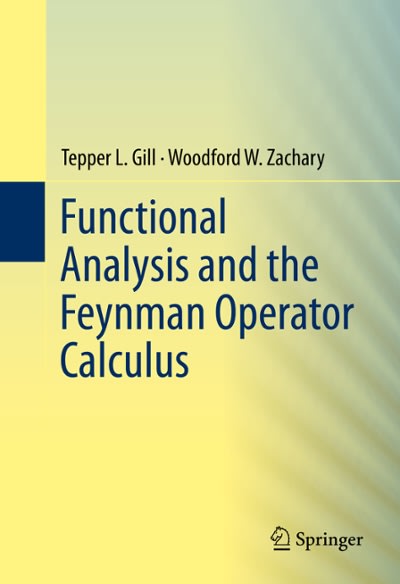
In logistic regression, the odds ratio predicted by the null hypothesis is O a greater than 1.0. a less than 1.0 Ge equal to 1.0. d unable to determine without more information. QUESTION 15 Under what condition would a case-control study be preferred over a cohort study? O)a. The condition or outcome is rare b. The condition or outcome commonly occurs c. The investigator is interested in estimating prevalence of a condition O d. The investigator is interested in testing an intervention QUESTION 16 Which of the following statements best describes the characteristics of a cohort study and a case-control study? a. Both study designs are experimental in nature ()b. Case-control study would be more expensive than cohort study in general c. You can estimate Incidence rate using case-control study but not cohort study Od. You can estimate incidence rate using cohort study but not case-control studyWhich of the following is not true about binary logistic regression? a. Dependent variable is dichotomous b. Odds ratio is an important component of the analysis output c. Independent variable can be normally distributed d. Dependent variable is normally distributed QUESTION 12 A logistic regression model was run looking at the association between gender (male=0, female=1) and diabetes (yes=1, no=0). The odds ratio was 3.4, and the 957% confidence interval around the odds ratio was 2.9 to 4.6. This means that a. the association between gender and diabetes is statistically significant (p<.05 b. the association between gender and diabetes is not statistically significant>.05). c. women have a lower odds of diabetes but we unable to determine if the result is significant. O d. males have a lower odds of diabetes but we are unable to determine if the result is significant. QUESTION 13 An odds ratio of 0.7 is interpreted as a. The odds of the outcome among those with the exposure (independent variable) are 0.7 times greater (or 30% higher) than those without the exposure. O b. The odds of the outcome among those with the exposure (independent variable) are 0.7 times smaller (or 30% less) than those without the exposure. c. The association between the outcome and the independent variable is statistically significant. O d. The null hypothesis is true









